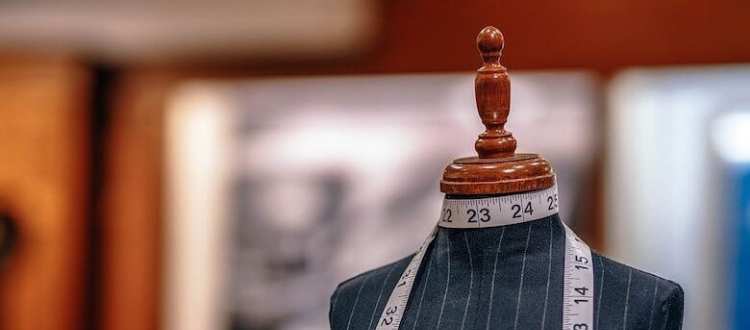
Tips on How to Sew Knit Fabric
How to sew knit fabric
Every sewing project calls for different skills, tools and fabrics. Get these right and you're likely to end up with a great-looking garment or piece. But it's not always easy to know how to tackle the wide range of fabrics available. Some, like knit fabric can be harder to sew with a straight stitch and to keep in shape, thanks to its natural elasticity.
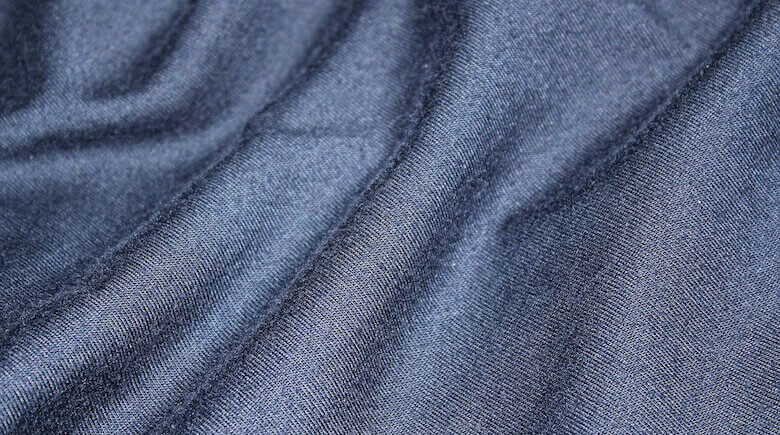
Wobbly seams, uneven stitches and pulled fabric needn't be an issue! With a little know-how and practice you to effectively sew with knits and create a garment you'll wear with pride.
In this post we'll show you to get the best out of sewing with knits, rather than woven fabrics like linen. We'll take you through some simple tips, show you how to sew beautifully straight seams and help solve problems that might arise as you sew.
Sewing with knits: The lowdown
You might think you need an overlocker or serger if you're sewing knit fabrics. But don't worry if you've only got a regular sewing machine – sewing knits is perfectly possible. No need for professional or fancy sewing machines!
Here's our simple guide on how to sew knit fabrics on a domestic sewing machine.
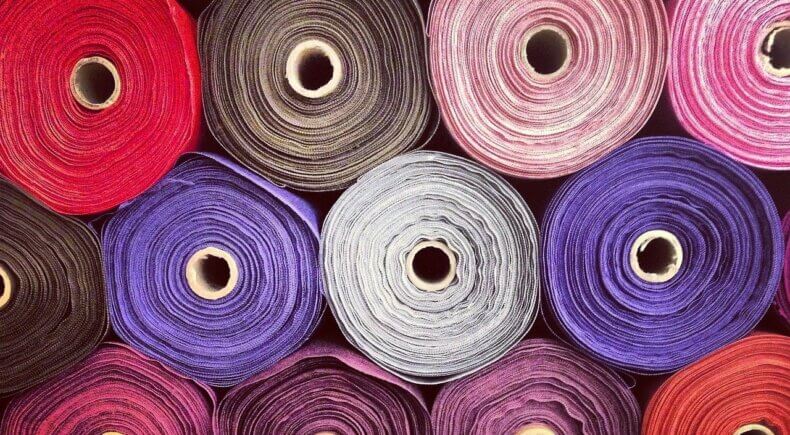
Knit fabrics vs woven fabrics
What do we mean by 'knit fabrics'? And how are they different from woven fabrics? Knit fabric is made by knitting one continuous yarn in backwards and forwards loops. Woven fabric is made by interweaving horizontal and vertical yarns at right angles on a loom. The difference comes from the way stretch fabric is made –by not crossing warp and weft thread the fabric retains some natural elasticity and give.
You can tell the difference by sight: knits look like they're made from slim braids, and woven fabric has a grid-like pattern. They also feel different too. Knit fabric stretches when pulled, especially if pulled along its width. Woven fabric doesn't have much stretch. If you want to sew with knits it's important to understand how they behave, and making sure your pattern is suitable if you want to sew with a stretch fabric.
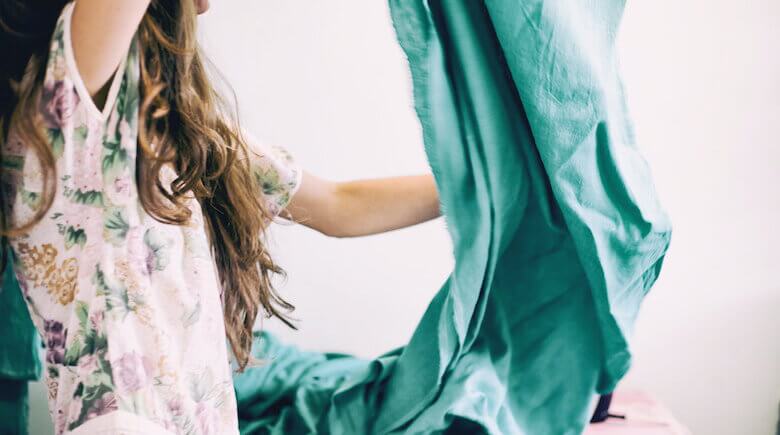
Types of knit fabric
You may come across different materials that fit into the knit fabric category. You'll find different weight knits too, with lighter fabrics often being trickier to sew and more robust stretchy fabrics are easier to handle.
Some types are: jersey fabric, double knit, novelty knit and sweater knit fabric. These each have their own qualities that make them suitable for different garments. Your pattern may specify which to use. But if not, speak with your fabric salesperson or do some research to find out the way stretch fabric behaves and how to sew with it.
Jersey fabric is super comfortable and lightweight, so it's a popular choice for sewing tops and t-shirts. Double knits have two layers of fabric, making them easier to sew with and ideal for more structured garments. Check your pattern and do some research to find the best one for your project and pattern.
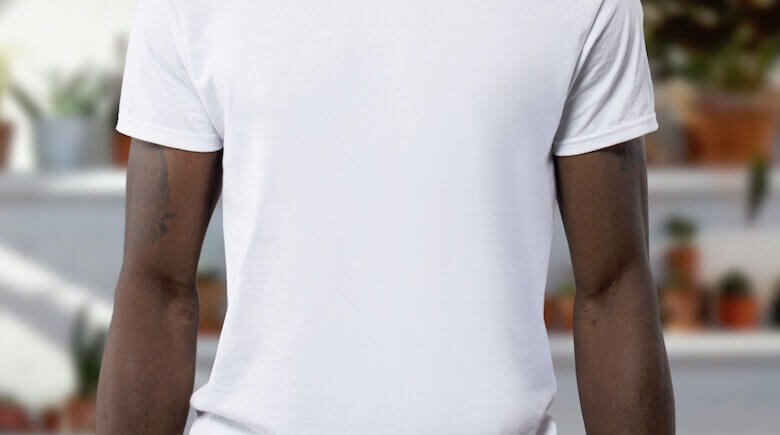
Tips for sewing with knits
The ideal method for sewing knits is to use a serger or overlocker. But for most of us this is out of our budget and scale. By using the correct equipment you can achieve great results with a domestic sewing machine. From avoiding universal needles to using zigzag stitches, follow these tips for sewing stretchy fabrics:
Select the right side:
To sew with single knit fabric, make sure you sew on the correct side. Gently pull the fabric. The right side will have a faint stripe to it. Double knit, or 'interlock' knits don't have a wrong side. Follow the instructions on your pattern if you need to put the wrong side together.
Choose the right needle:
Stretch, jersey or ball point needles are best for sewing knits. Ball point needles have a rounded tip that doesn't snag on the fabric fibres. A universal needle might be ok, but stretch needles or a ballpoint needle is preferable. Try sewing a small square of your knit fabric with different needles to see which works best. You may find you get straighter seams and smoother stitches with ballpoint needles.
Use zig zag stitch:
This stitch works on stretch fabrics as it resists the innate elasticity in the fabric. Zig zag stitch is ideal if your machine doesn't have a stretch stitch setting. For vertical seams that don't depend on much stretch you can use straight stitch. You can change the stitch width of your zig zag stitch - try narrow zigzag stitches for seams and slightly wider for a topstitch. Always test a zigzag stitch on a scrap of stretchy fabric before sewing your full pattern.

Try different stitch length:
On a scrap of fabric, use a ball point or stretch needle set to zigzag stitch, and play with varying your stitch length. Your fabric may respond better to shorter stitches
Use your sewing machine feed dogs:
It's vital not to stretch your knit garment when sewing as this will distort the final shape and cause misalignment. The feed dogs are designed to keep fabric feeding through freely. Let them feed your stretchy fabric without pulling or forcing it.
Use polyester thread:
With polyester thread you can take advantage of the thread's natural elasticity as it will stretch a little. Cotton thread has less stretch.
Keep fabric flat:
Avoid pulling the fabric through the machine by keeping it lying flat as you sew. A longer table can be helpful here, or you can hold the excess fabric or the rest of the garment to stop it slipping down off the edge of your work surface, which will pull and stretch it more.
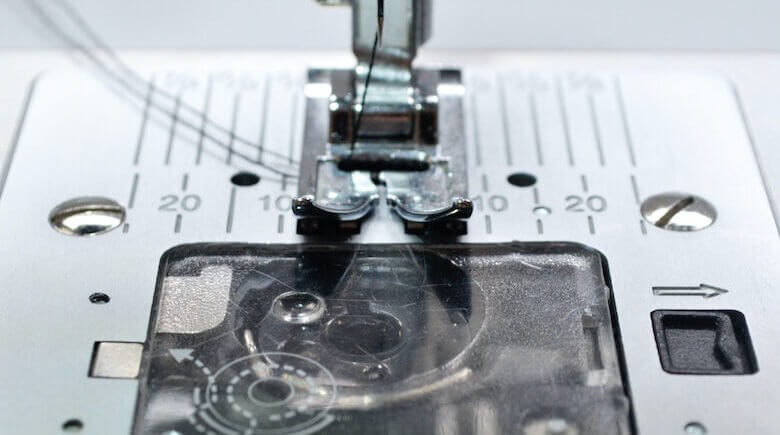
Troubleshooting
You've sourced the right knit fabric, set up your sewing machine and cut out your pattern pieces. Now you're ready to get sewing, aiming to create clean, straight seams and maximise the flow of knit fabric.
If you're using stretch needles, zigzag stitches and have selected the correct type of knit fabric, you shouldn't have too many issues. But sometimes problems can still arise. Here's what to do if you find you're getting uneven or wavy seams, or your fabric keeps pulling.
Change the presser foot pressure:
If a fabric stretches as you sew, try lifting your presser foot every few inches. Intermittently raising the feed foot reduces the pressure on your stitches and can stop knit fabric distorting. Some sewing machines allow you to reduce the presser foot pressure using a dial.
Try tissue paper:
This clever hack helps stop wobbly seams on stretch fabric. Cut a length of tissue paper about 1" wide and lay it over the top layer of knit fabric you're sewing (you can also put some underneath on lightweight knits). Sew as usual and then carefully remove the tissue paper once you're done. Make sure you don't tug at the stitches.
Press with an iron:
If you've finished a whole seam and notice it's wonky, try pressing it with a hot iron, making sure not to move the iron when on the fabric. Once cooled your stitches should be straight!
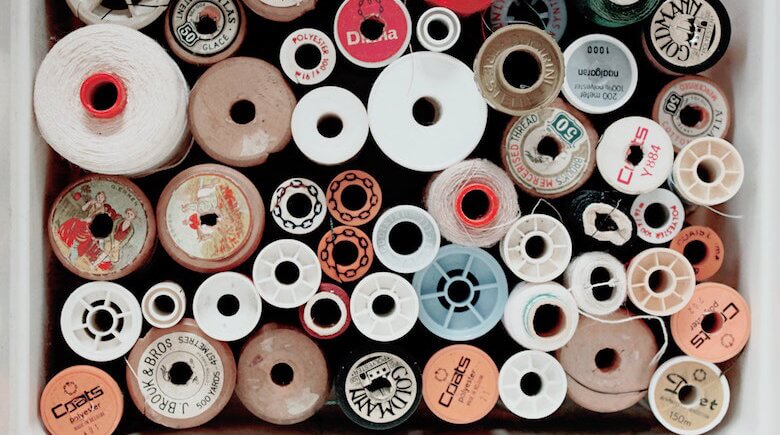
Enjoy sewing with knit fabrics
Once you've mastered the basics you can have lots of fun sewing with knits. Whether you're making a t-shirt or cute summer dress, knit fabrics are nothing to be afraid of. They give a lovely drape and are effortlessly wearable – comfortable, easy-care and practical.
Sewing with knits on a regular sewing machine, without a serger or overlocker, is well worth trying and can be very rewarding. Make sure you stick to the guidelines and your project should go brilliantly. If the stretch causes problems, persevere and try our troubleshooting tips.
Remember, when sewing with knit fabrics:
-Check your pattern and make sure it's suitable for knits
-Find out if your fabric is woven or knit fabric by stretching and checking its surface
-Fix a ball point, jersey or stretch needle to your sewing machine
-Thread your needle with polyester thread
-Set the presser foot pressure dial to low if available
-Keep your fabric flat when sewing with knits
-Sew with a stretch stitch like zig zag on a test piece of fabric
-Try out different stitch lengths until you find the right one
-Sew with a straight stitch but without pulling the fabric through the machine
-Try altering the pressure or lifting the presser foot if the fabric stretches
-Press a wonky stitched seam with a hot iron to correct any stretchy stitching or misshaping
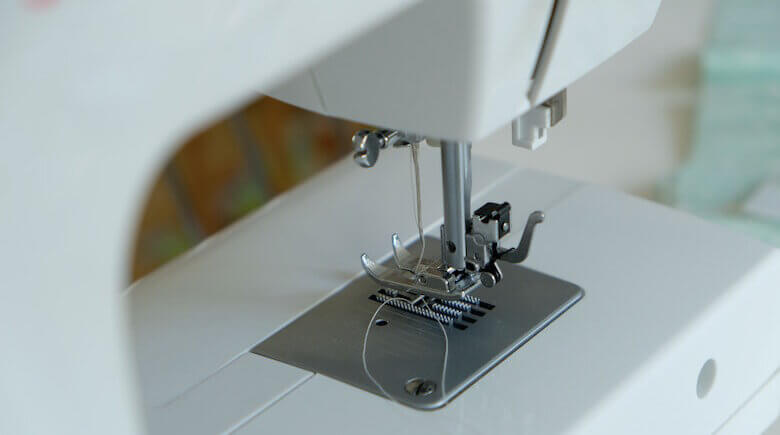
Tempted to sew with knits? Stretch yourself! Give it a go!
For tips on how to change your sewing machine needle go here, and discover how to cut fabric straight here.
